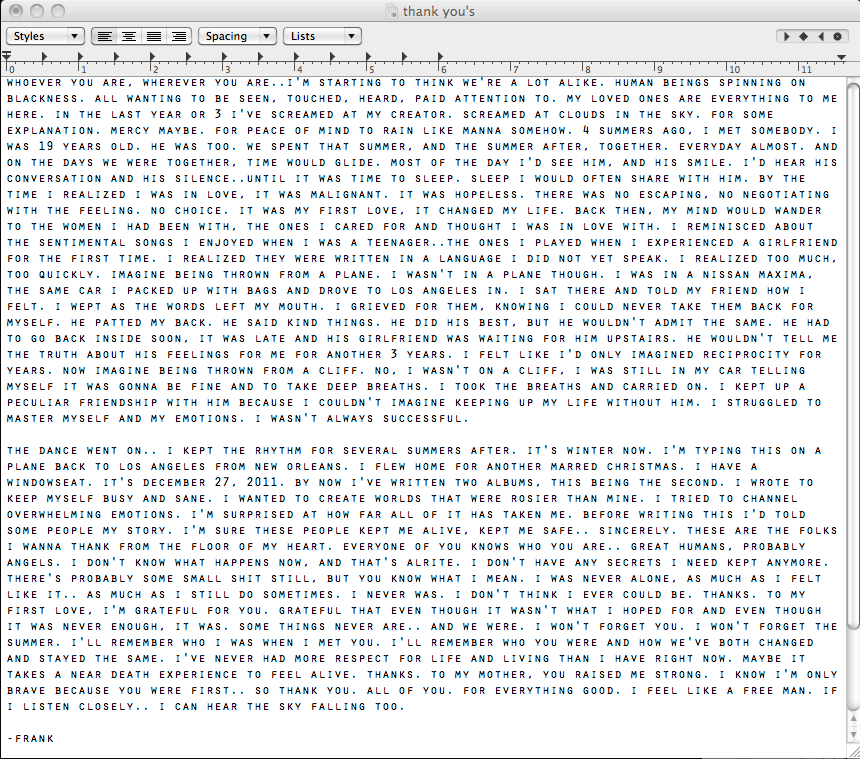As I sit here drinking my chocolate milkshake with 2 shots of coffee on my lunch break at work, scrolling through my Instagram feed, I wonder….
Why am I so concerned with what other people think of me?
Why do I feel the need to update my feed every time I pick up my phone?
Why do the number of love hearts and comments underneath my photo matter?
And the real answer is, it doesn’t. None of this matters.
My social media habits are patterns formed over a number of years due to conditioning, manipulation and an emphasis on the desire to receive affirmation in the form on online modes of acknowledgement whether it be likes, comments or other forms of engagement.
Social media is a social construct, a narrative of sorts. And we as a society have followed this narrative in order to fill this void that social media dependancy has created.
This virtual dependancy is fast becoming a problem amongst teenagers and has been the cause of many mental illness related issues.
An article published by the BBC outlined the dangers of continuous social media use, linked to various health issues which can be found in the article below.
http://www.bbc.com/future/story/20180104-is-social-media-bad-for-you-the-evidence-and-the-unknowns
Now back to my vain reality, what’s in a like?
As I sit on my phone refreshing my Instagram feed after just posting a photo, waiting to see the hearts pop up at the bottom of my screen, I ponder why we are so fixated on receiving likes on our photos.
If Instagram removed the ‘like’ feature’ completely, would we still want to use the platform in the same way we do now? (Keeping in mind its original intention was to share photos)
This idea of the Web 2.0 has shifted the focus
“away from conceiving the internet as a technological space… towards it being embedded within the social” (Hinton & Hjorth 2013, pg 17)
Call me old fashioned, but I still prefer a phone call over a text, or better yet, a face-to-face conversation over a FaceTime.
I beg to ask the question, does the value of a photo change depending on the number of likes?
Will my little red heart greatly contribute to this cause, or will it boost the popularity of the page?
I guess it’s something to think about….
References:
Hinton, S & Hjorth, L 2013, Understanding Social Media, Sage Publications, London.









